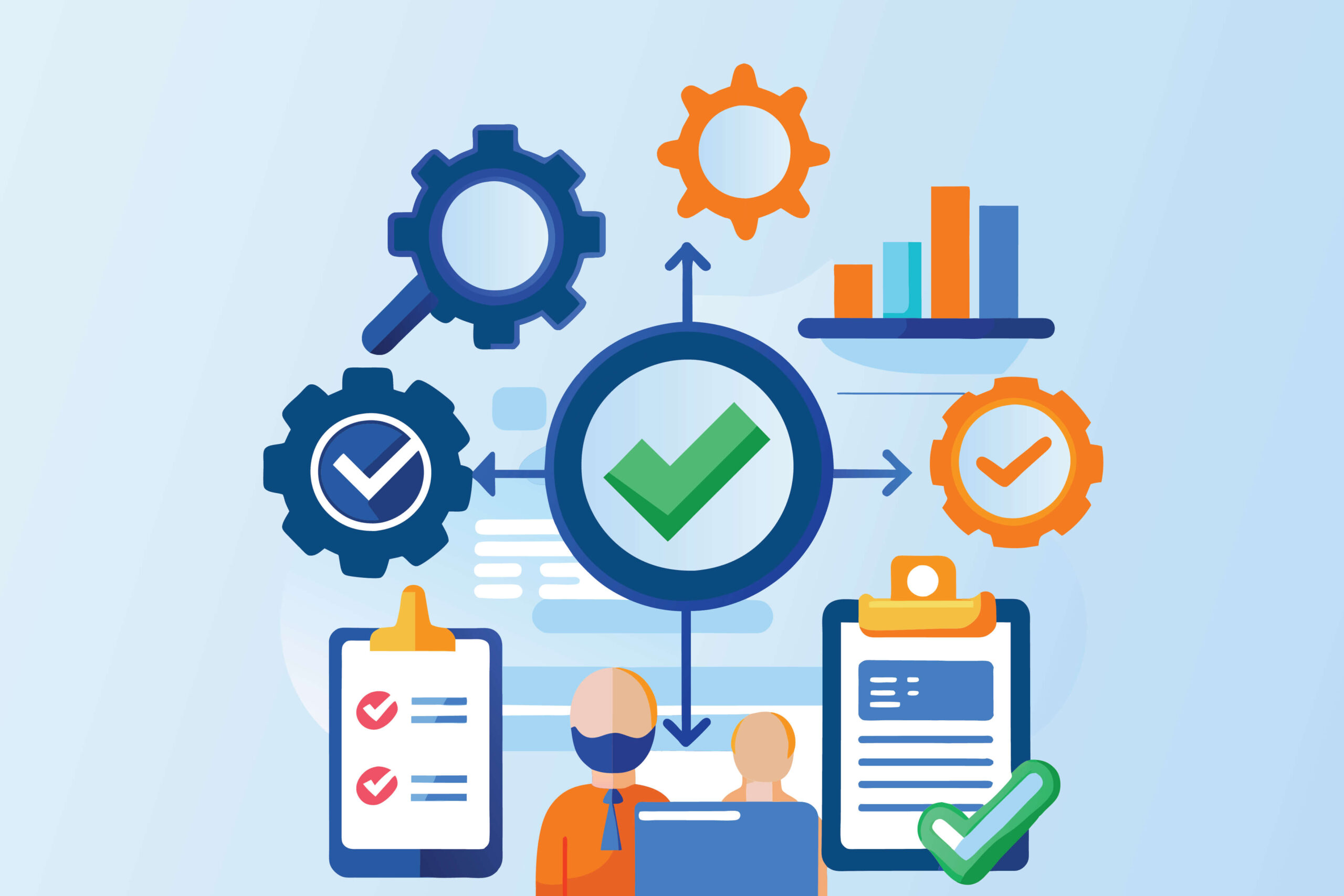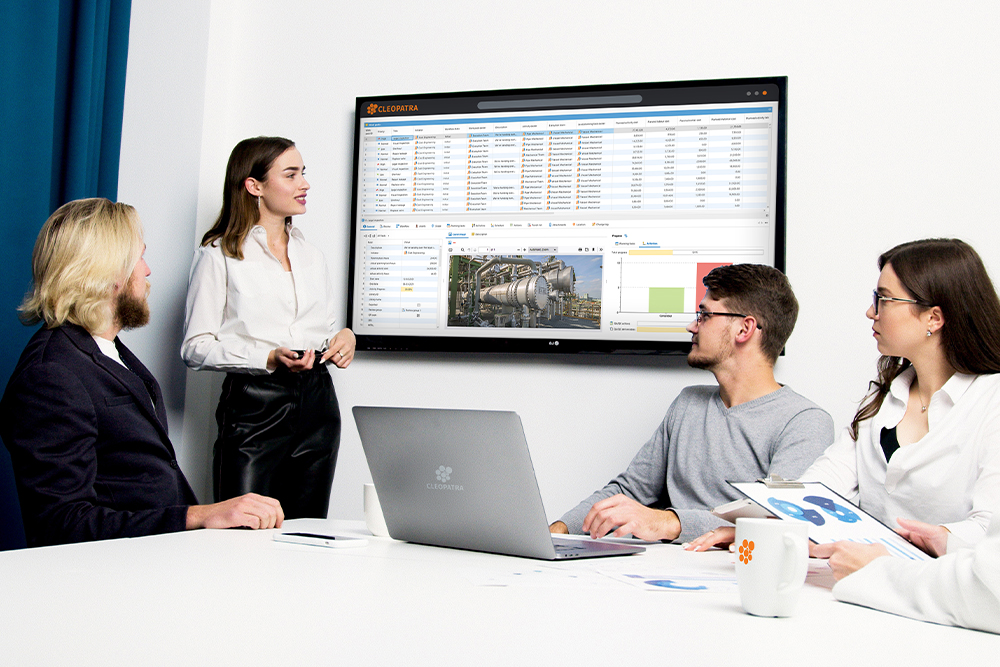In the dynamic world of the process industry, maintaining equipment and assets has always been critical. Especially while ensuring the integrity and reliability of assets. Whether it is offshore platforms, refineries, or processing plants, timely maintenance is essential to prevent breakdowns, optimize operations, and, ultimately, safeguard profitability.
Over time, estimating practices for the costs of these maintenance activities have evolved significantly. That is reflected in technological changes, data analysis, and industry best practices.
1. Traditional Methods (Pre- and early 20th Century)
In the early days of the process industry, cost estimating for maintenance was a rudimentary process. Maintenance events were often reactive, driven by equipment breakdowns or wear-and-tear. Estimations were based on historical records, rule-of-thumb calculations, and the expertise of maintenance personnel. Predicting costs accurately was challenging, resulting in frequent budget overruns and operational disruptions.
2. The WWII war effort led to new estimating practices
The Second World War had a significant impact on cost-estimating practices. It led to several changes and developments in the field. The immense scale of military production during the war put a premium on cost reduction and efficiency. The need for consistent and standardized cost-estimating practices became apparent.
Therefore, governments and defense contractors established guidelines and standards for estimating costs, which helped improve the accuracy and reliability of estimates. This resulted in the widespread use of cost-plus contracts, which required rigorous cost estimating and tracking to ensure transparency and control over expenses.
Mathematical modeling was increasingly used. It allowed for more sophisticated, and data-driven estimates. Probability analysis and critical path methods were implemented to improve planning and control. Earned Value Management (EVM) allowed for better cost control.
3. Post WWII
In the post-WWII era, the introduction of computers revolutionized cost estimating and control. The first-generation computerized maintenance management systems (CMMS) emerged in the 1960s, streamlining cost tracking and management. Lessons from the war emphasized standardized cost estimating, leading to industry guidelines and standards.
Advancements in spreadsheet software allowed for more precise cost modeling and data analysing. Integration with Enterprise Resource Planning (ERP) systems became prominent, allowing for comprehensive cost management. The post-war period also emphasized cost reduction and efficiency. Thus, promoting a culture of continuous improvement in maintenance practices, and laying the foundations for further innovations.
4. More Data-Driven approaches (late 20th century to early 21st century)
From the late 20th century to the early 21st century, maintenance cost estimating practices progressed greatly due to the increased use of sensors and digital technology. This ensured the availability and handling of larger amounts of data.
During this period, Reliability-Centered Maintenance (RCM) effectively harnessed sensor data to assess equipment reliability and make informed decisions about maintenance strategies. Additionally, Predictive Maintenance (PdM) gained prominence by using real-time sensor data. It reduced downtime through more precise maintenance planning.
Asset Management Systems included extensive data on asset performance and maintenance history, enabling a more informed approach to cost estimation and control. This data-driven phase represented a substantial shift towards predictive and proactive maintenance cost estimation, focusing on enhancing asset reliability while minimizing expenses.
5. Current and Future Trends (21st Century and Beyond)
The 21st century marks a new era in maintenance cost estimation. Thanks to the fast-paced development of new digital technologies. Artificial Intelligence (AI) and Machine Learning (ML) play a leading role. They enhance precision by shifting through:
- Vast amounts of data
- Historical records]
- Real-time sensor inputs
- External factors (such as weather conditions and market trends).
AI and ML can predict equipment failures, optimize maintenance schedules, and provide more accurate cost estimates.
Recent developments in predictive analytics are gaining increasing significance. Digital twins, offering virtual representations of physical assets, in combination with production data. Together they accurately predict when maintenance or repairs will be needed. Linking cost information to the digital twin will allow for more immediate and accurate maintenance cost estimates.
However, the most significant shift occurs through comprehensive system integration. All aspects of maintenance, including project scope, budget, procurement, resource management, and operational data, become interconnected. Unified systems ensure that relevant information is consistently accessible optimizing decision-making. Thus, they facilitate cost-effective maintenance practices and provide up-to-date and accurate cost estimates.
The influence of World War II, the rise of computers, and the spread of digital technology have had a profound impact on how we estimate costs. As technology continues to advance, we can expect even more sophisticated and accurate cost-estimating methods to emerge, further optimizing the industry’s maintenance efforts, and ensuring the industry’s long-term sustainability.




